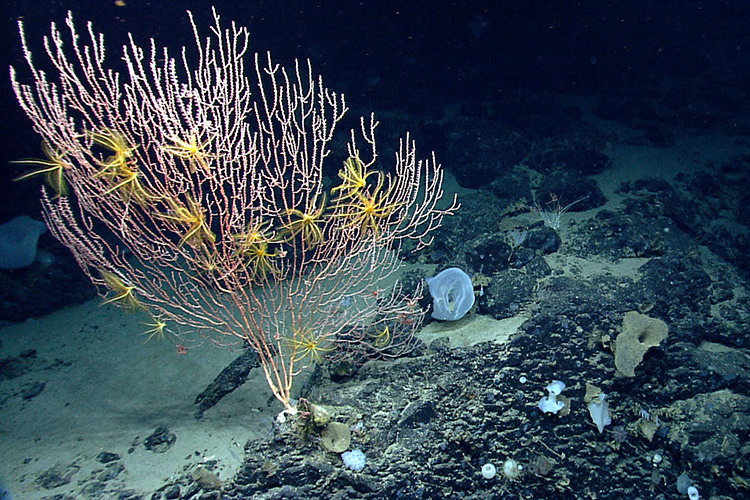Trump says he will allow commercial fishing in national monument
An Antiquities Act edition of “can he do that”?

On June 5, President Trump issued a “Proclamation on Modifying The Northeast Canyons And Seamounts Marine National Monument.” This Proclamation follows a court defeat for opponents of the National Monument — the DC Circuit last year dismissed a claim by commercial fishing interests that the National Monument was unlawfully designated.
Trump’s Proclamation purports to modify President Obama’s 2016 Proclamation creating the National Monument. The Obama Proclamation set the boundaries of the Monument and prohibited extractive activities including commercial fishing (after a phase-out period for crab and lobster fishing). Trump’s Proclamation declares that:
a prohibition on commercial fishing is not, at this time, necessary for the proper care and management of the Northeast Canyons and Seamounts Marine National Monument, or the objects of historic or scientific interest therein.
It does little to explain that declaration, however. It notes that the Obama Proclamation explicitly allowed recreational fishing to continue; asserts that some of the species protected by the Obama Proclamation are not unique to the Monument or “of such significant scientific interest” to merit special protection; and claims that other fish species are adequately protected by the Magnuson-Stevens Act (the federal fishery management statute) and other laws.
So, the key question is “can he do that?” We’ll find out what the courts think, eventually. NRDC has already promised to sue, and no doubt other environmental organizations will join them.
Litigation is also ongoing about the President’s authority to downsize national monuments — several Planeteers opined on that issue here — but that issue is not raised by this Proclamation. The question in this case is whether the President can unilaterally modify an earlier President’s monument management measures, and if so under what circumstances.
I wish the answer was more obvious. There’s no question in my mind that commercial fishing in the Monument is a bad idea, not only for conservation but for future extraction. There’s good evidence that marine protected areas can enhance nearby fisheries — see for example this recent report. And the short term costs of Monument designation to the fishing industry seem small. The Washington Post has reported that most fishing vessels in the area derive less than 5% of their landings from within the area of the Monument. (That statistic was edited out of an administration report lest it undercut the case for lifting the fishing ban.)
But just because something is a bad idea doesn’t mean it’s unlawful. Or that the courts can undo it. Those are more difficult questions here.
To take the second one first, my guess is that the courts won’t intervene yet. Trump’s Proclamation, bad as it is, does not require or even affirmatively authorize fishing in the Monument. It just removes the prohibition. It is careful to say that “well-regulated” fishing can be consistent with protecting Monument resources. Fisheries management plans from the Regional Fisheries Management Council will likely have to authorize fishing on more specific terms before a challenge will be ripe.
If and when the courts get to the merits, the outcome is still not clear. The Antiquities Act does not specify how national monuments should be managed. Presidents have considerable discretion over the agency or agencies they initially choose to manage a monument, and the terms of management. It makes sense that those terms might have to evolve over time. Given how little is known about many landscapes, and even more so seascapes, it makes sense that initial management prescriptions should not be frozen for all time.
But there surely is a limit. Management must protect the resources for which the monument was established. Just as (for reasons explained by my colleagues) President Trump cannot undo an earlier Proclamation, he cannot wish away the resources that Proclamation sought to protect. Trump’s declaration that some fish within the Monument occur elsewhere and that others are not interesting enough to warrant protection are therefore irrelevant.
Any change in management must be justified by some explanation of why the earlier terms weren’t necessary to protect the resources President Obama found to be of scientific interest. Trump’s Proclamation provides no such evidence or explanation. Any fishery management plan that purports to allow commercial fishing within the Monument’s boundaries will have to make the case that it is consistent with protection of the area’s unique ecosystems.
Of course, the simplest way to solve this problem would be to vote President Trump out, in favor of an administration with genuine concern for the environment, and genuine understanding that long-term sustainable fisheries depend on a healthy ecosystem. And that maintaining the health of the ecosystem may require blocking some key areas off from commercial exploitation.







Reader Comments